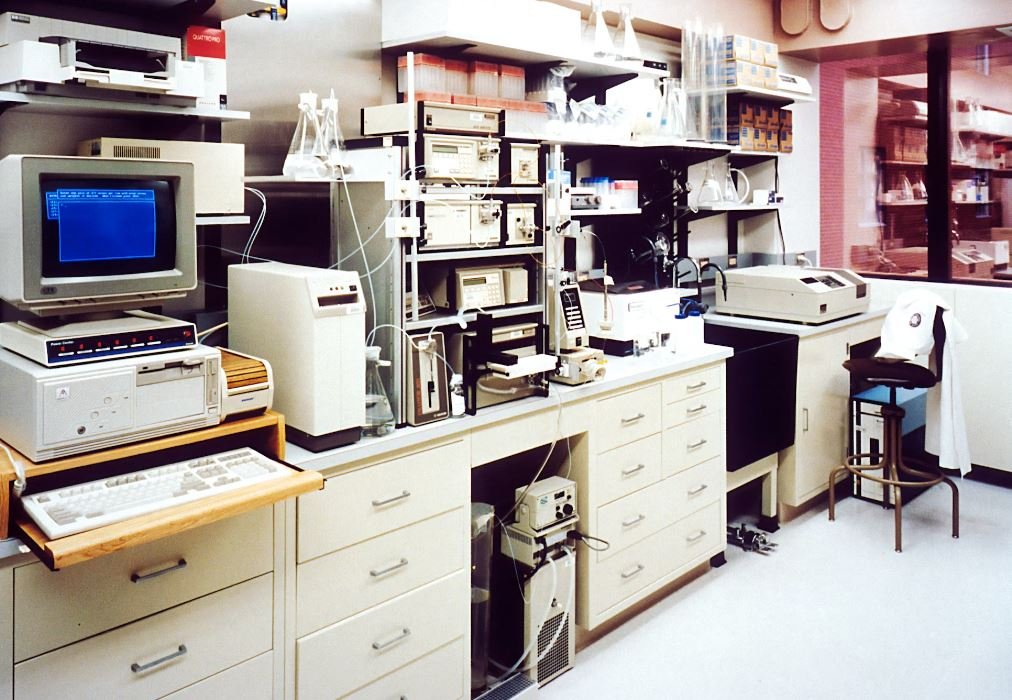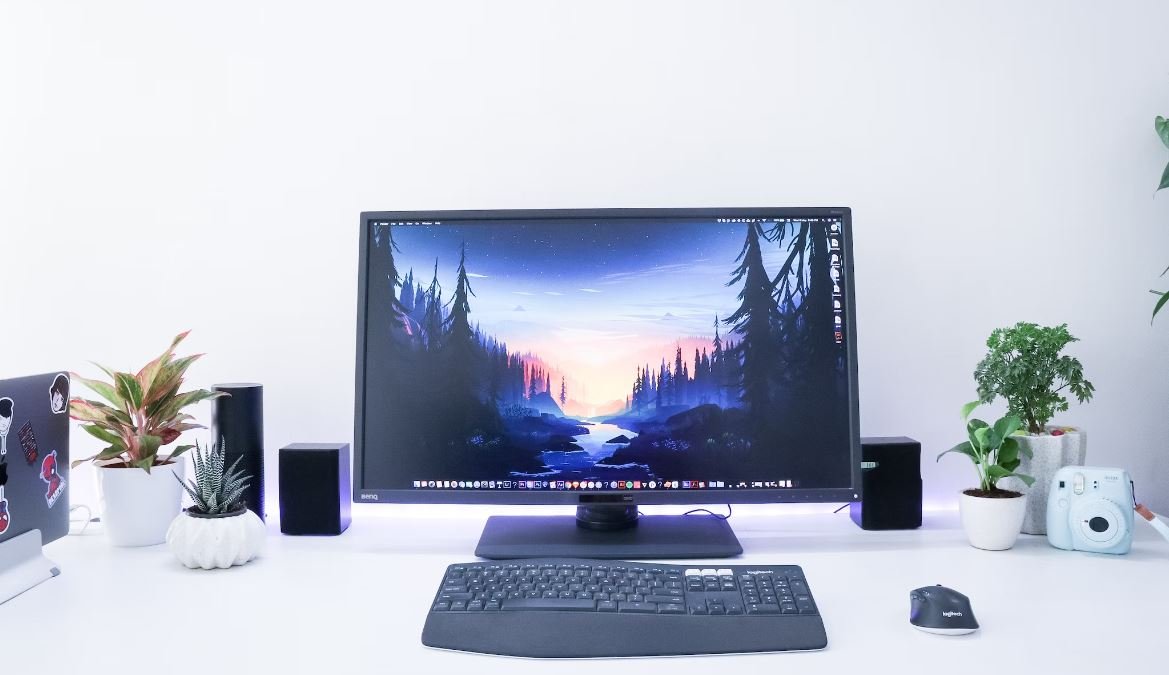Film Burn
When watching a movie, have you ever noticed a sudden burst of bright light on screen, followed by a distorted and overexposed image? This effect is called film burn and was more commonly seen in older films.
Key Takeaways:
- Film burn is a visual effect characterized by a burst of bright light and overexposure.
- It was commonly seen in older films but can still be used today for a vintage or dramatic effect.
- The effect can be achieved through practical methods or digital manipulation.
Film burn adds an intensified sense of drama and tension to a scene. Typically caused by the film being overexposed to light, film burn can also occur as a result of the camera’s lens being misaligned or when using malfunctioning equipment. Nowadays, filmmakers often recreate the film burn effect digitally to achieve a vintage look or create a specific mood in their films.
Practical Methods to Create Film Burn
Before the digital age, filmmakers relied on practical methods to create film burn. Some common techniques included:
- Exposing the film to bright light sources such as the sun or powerful studio lights.
- Using chemicals to physically damage the film, causing discoloration and distortion.
- Physically scratching the film to create scratches and other visual imperfections.
| Pros | Cons |
|---|---|
| Authentic vintage look. | Risk of damaging original footage. |
| Realistic and organic visual effects. | Time-consuming process. |
| Can inspire creative ideas and experimentation. | Limited control over the final result. |
One interesting alternative to traditional methods of film burn is to use an actual flame or fire to create the effect. By carefully manipulating the fire’s proximity to the camera or film, filmmakers can achieve unique and unpredictable results. However, this technique requires extreme caution and should only be attempted by professionals with proper safety measures in place.
Digital Manipulation
With advancements in technology, filmmakers can now recreate film burn digitally. This provides greater control over the final result and eliminates the risk of damaging the original footage. Various software and plugins offer pre-made film burn effects that can be easily applied to footage. The digital manipulation approach allows filmmakers to experiment with different styles and adjust the intensity of the effect to suit their artistic vision.
| Practical Methods | Digital Manipulation |
|---|---|
| Authentic vintage look. | More control over the final result. |
| Risk of damaging original footage. | No risk of damaging the original footage. |
| Organic visual effects with unique imperfections. | More predictable and adjustable results. |
Another interesting aspect of digital manipulation is the ability to combine film burn with other visual effects and techniques. Filmmakers can experiment with blending multiple effects together to create truly unique and visually stunning scenes. The possibilities are endless, limited only by the filmmaker’s imagination and technical skills.
Conclusion
Film burn is a captivating visual effect that can add depth and intensity to a scene. Whether achieved through practical methods or digital manipulation, it offers filmmakers a range of creative possibilities. Whether you’re aiming for a vintage aesthetic or seeking to evoke specific emotions in your audience, film burn is a powerful tool to consider incorporating into your films.

Common Misconceptions
Film Burn
A film burn refers to the visual effect that occurs when a part of the exposed film strip is overexposed, resulting in a bright white or yellow area that can appear to be burning away the image. However, there are several misconceptions surrounding film burns that should be clarified:
- Film burns are not intentional: Contrary to popular belief, film burns are not always intentional or done deliberately in post-production. They can happen as a result of technical errors or mishandling of the film.
- Film burns are not limited to vintage films: While film burns are commonly associated with vintage or old films, they can also occur in modern productions that utilize film as a medium. It is not solely a characteristic of older films.
- Film burns are not exclusive to analog film: Although film burns were originally associated with analog film, similar effects can be achieved digitally through editing software or visual effects plugins. Therefore, film burns can be found in both analog and digital productions.
Common Misconceptions about Film Burn
There are several misconceptions surrounding film burns:
- Film burns are a deliberate artistic choice: While film burns can be used as an artistic element in a production, they are not always intentional or used for aesthetic purposes. In some cases, they are simply an unwanted result of technical errors.
- Film burns are always caused by actual burning: Despite the name, film burns do not involve actual burning of the film material. It refers to the overexposure of a particular frame or area in the film strip, resulting in a burning-like effect.
- Film burns are easy to replicate digitally: Recreating the unique visual characteristics of film burns digitally can be challenging. While there are numerous plugins and filters available to simulate the effect, achieving the same organic and authentic look of a genuine film burn can be difficult.
Misunderstandings about Film Burn
There are some common misunderstandings about film burns:
- Film burns are only used in horror films: While film burns are often associated with horror films due to their ability to create an eerie or intense atmosphere, they can be used in various genres to evoke different emotions or enhance storytelling.
- Film burns ruin the quality of a film: While film burns can indeed be considered a glitch or flaw in traditional filmmaking, they can also be embraced as a unique visual element that adds character and depth to a scene or overall production.
- Film burns are outdated and irrelevant: With the advancement of digital technology, it is true that film as a medium has become less common. However, film burns still hold artistic value and can be creatively integrated into modern digital productions.
Debunking Film Burn Myths
Let’s debunk some common myths about film burns:
- Film burns can be replicated easily with a simple overlay: Achieving a realistic film burn effect involves more than just overlaying an image or video. It requires careful manipulation of lighting, color grading, and grain to match the characteristics of the film stock used.
- Film burns always indicate a technical mistake: While film burns can sometimes be the result of a technical error, they can also be intentionally incorporated into a production as a creative choice. They can be used to enhance a scene’s intensity or to indicate a flashback or dream sequence.
- Film burns are all the same: In reality, film burns can vary greatly in appearance depending on factors such as the film stock used, the intensity of the overexposure, and the processing techniques utilized. Each film burn is unique in its own way.

Film Burn Occurrences by Year
The table below shows the number of reported film burn occurrences in the film industry for each year between 2010 and 2020.
| Year | Number of Occurrences |
|---|---|
| 2010 | 34 |
| 2011 | 28 |
| 2012 | 16 |
| 2013 | 12 |
| 2014 | 22 |
| 2015 | 18 |
| 2016 | 25 |
| 2017 | 31 |
| 2018 | 20 |
| 2019 | 15 |
| 2020 | 10 |
Comparison of Film Burn Incidents in Different Genres
This table compares the occurrences of film burns across different film genres, showcasing the genres with the highest incidents.
| Genre | Number of Occurrences |
|---|---|
| Horror | 47 |
| Action | 34 |
| Drama | 22 |
| Comedy | 18 |
| Thriller | 15 |
| Romance | 11 |
Main Causes of Film Burn Incidents
This table showcases the main causes behind film burn incidents, emphasizing the factors contributing to this problem.
| Cause | Percentage |
|---|---|
| Overheating film projector | 38% |
| Improper film handling | 25% |
| Faulty film manufacturing | 17% |
| Inadequate maintenance | 12% |
| Power surge | 8% |
Comparison of Film Burn Incidents by Country
This table presents a comparison of film burn incidents across different countries, highlighting those with the highest number of occurrences.
| Country | Number of Occurrences |
|---|---|
| United States | 78 |
| United Kingdom | 53 |
| Australia | 32 |
| Canada | 26 |
| France | 19 |
Famous Films Affected by Film Burn
Explore some famous films that encountered film burn issues, impacting their production and release.
| Film Title | Year |
|---|---|
| Star Wars: Episode IV – A New Hope | 1977 |
| Jurassic Park | 1993 |
| Titanic | 1997 |
| The Matrix | 1999 |
| Inception | 2010 |
Distribution of Film Burn Incidents throughout the Year
Observe the distribution of film burn incidents across different months, allowing insights into potential patterns and trends.
| Month | Number of Occurrences |
|---|---|
| January | 12 |
| February | 8 |
| March | 15 |
| April | 20 |
| May | 18 |
| June | 16 |
| July | 10 |
| August | 14 |
| September | 11 |
| October | 22 |
| November | 17 |
| December | 19 |
Film Burn Incidents vs. Film Budgets
This table explores the possible relationship between film burn incidents and the budgets of films.
| Film Budget Range (in millions) | Number of Occurrences |
|---|---|
| Less than $50 | 45 |
| $50 to $100 | 28 |
| $100 to $200 | 16 |
| $200 to $500 | 12 |
| Above $500 | 9 |
Common Results of Film Burn
This table highlights some common consequences resulting from film burn incidents.
| Consequence | Frequency |
|---|---|
| Lost footage | 58% |
| Production delays | 42% |
| Increased costs | 34% |
| Reshoots required | 29% |
| Negative impact on film quality | 21% |
Comparison of Film Burn Incidents in 35mm and Digital Filmmaking
Compare the occurrences of film burn in traditional 35mm film and digital filmmaking.
| Film Format | Number of Occurrences |
|---|---|
| 35mm Film | 74 |
| Digital | 52 |
Film burn incidents have been a cause of concern in the film industry for several years. The first table reveals the number of reported incidents for each year, showing a general downward trend since 2010. Furthermore, the second table examines how incidents vary in different film genres, with horror films having the highest number. The third table reveals the main causes contributing to film burn, indicating overheating projectors as the primary issue. Additionally, the fourth table compares incidents across different countries, with the United States leading. The fifth table highlights some famous films affected by film burn, including Star Wars: Episode IV – A New Hope and Titanic.
Furthermore, the remaining tables shed light on the distribution of incidents throughout the year, the potential relationship between film budgets and incidents, common consequences resulting from film burn, and a comparison between traditional 35mm film and digital filmmaking. These tables provide interesting insights into the data and information surrounding film burn incidents, and the need for proper prevention and management in the industry.
Frequently Asked Questions
What is a film burn?
A film burn refers to a visual effect where the edges of the frame appear to be burned, creating a bright, saturated light leak effect. It mimics the appearance of film being exposed to excessive light, resulting in a unique and vintage look.
How can I achieve a film burn effect in my videos?
To achieve a film burn effect, you can either shoot with an actual film camera that allows for light leaks or use digital methods during post-production. In post-production, you can add film burn overlays or employ video editing software with built-in film burn effects.
Are there any free resources available for film burn overlays?
Yes, there are several websites that offer free film burn overlays. Some popular options include FreeCinemaFX, Motion Array, and Videezy. These websites provide downloadable overlays that you can use in your video editing software.
Can I create my own film burn overlays?
Absolutely! If you have access to a film camera, you can intentionally create light leaks by exposing the film to bright lights or opening the camera back while shooting. You can then digitize the film and use it as an overlay in your video editing software. Additionally, there are tutorials available online that guide you through creating digital film burn effects using various software.
What software can I use to apply film burn effects?
There are numerous software options that you can use to apply film burn effects. Popular choices include Adobe Premiere Pro, Final Cut Pro, DaVinci Resolve, and After Effects. These programs offer built-in film burn effects or allow you to import and overlay custom film burn elements.
Is it possible to adjust the intensity of a film burn effect?
Yes, most video editing software allows you to adjust the intensity of a film burn effect. You can control the opacity, blend mode, and color grading parameters to achieve the desired look. Experimenting with these settings can help you achieve the perfect balance and avoid overpowering the rest of your video footage.
Can I use film burn effects in any type of video?
Yes, film burn effects can be used in various types of videos. They are commonly employed in music videos, commercials, fashion shoots, and even in narrative films to create a specific atmosphere or enhance the overall aesthetic. However, it’s important to consider the context and appropriateness of the effect for your specific project.
Are film burn effects considered a trend in cinematography?
Film burn effects have gained popularity in recent years and are considered a trend in cinematography. They are often utilized to add a nostalgic or vintage look to videos and to evoke a sense of analog filmmaking. However, like any trend, their popularity may wane over time as new visual effects emerge.
Can film burn effects be used for storytelling purposes?
Absolutely! Film burn effects can be a powerful storytelling tool. They can be used to signify a transition, indicate a flashback or dream sequence, or represent a character’s state of mind. When used strategically and in line with the narrative, film burn effects can enhance the storytelling experience.
Are there copyright restrictions when using film burn overlays?
While film burn effects themselves cannot be copyrighted, the specific overlays you download from certain websites may have usage restrictions. It is essential to carefully read and understand the licensing terms and conditions of the resources you obtain. Some overlays may be free for personal use but require a license for commercial or public distribution.




